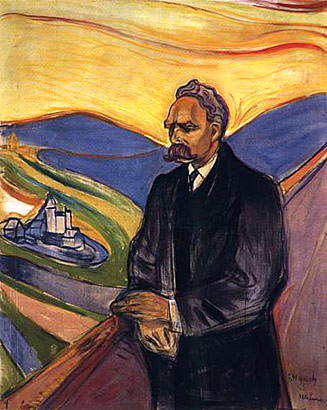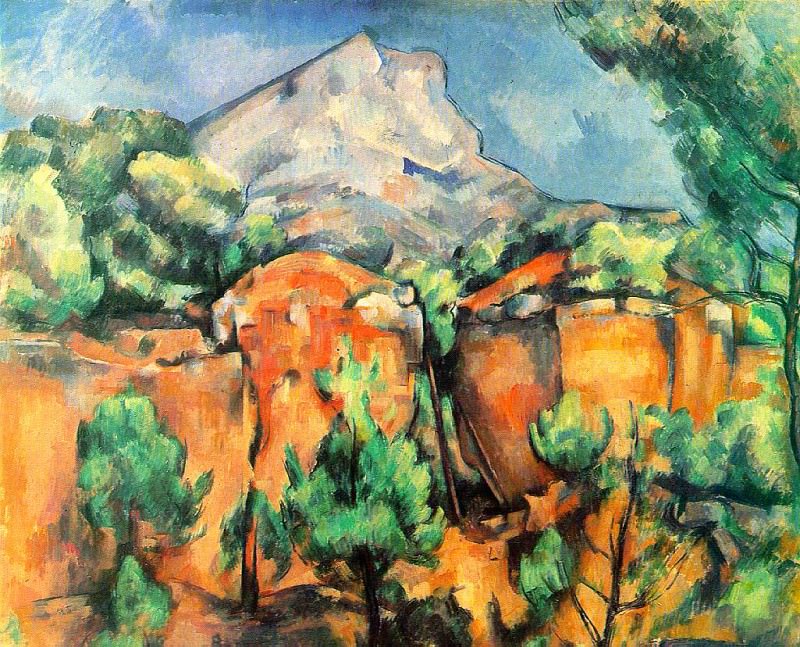Anselm Kiefer: The Alchemist of Art
Anselm Kiefer is a contemporary German artist known for his profound, multilayered works that delve into history, mythology, and philosophy. His art is often characterized by its monumental scale and the use of unconventional materials such as lead, ash, straw, and broken glass. Kiefer’s work challenges viewers to confront the complexities of history, memory, and identity, making him one of the most significant artists of our time.
Early Life and Influences
Born on March 8, 1945, in Donaueschingen, Germany, Kiefer grew up in a post-war landscape that would profoundly influence his artistic vision. The ruins of World War II and the Holocaust became a backdrop for his early experiences, infusing his work with themes of destruction and regeneration. Kiefer studied law briefly before turning to art, attending the Kunstakademie Düsseldorf, where he was mentored by influential artists such as Joseph Beuys and Peter Dreher.
Themes and Motifs
Kiefer's work is deeply rooted in German history and culture. He often explores themes related to the Holocaust, the Nazi regime, and the broader context of German identity. His paintings and installations serve as a dialogue with history, questioning the ways in which it is remembered and represented. One recurring motif in his work is the use of lead, which he refers to as the “material of memory.” This heavy, malleable metal symbolizes both the weight of history and the potential for transformation.
The Alchemical Process
Kiefer's artistic process is akin to alchemy, the ancient practice of transforming base materials into precious ones. He often begins with a traditional painting, which he then alters through the addition of various materials and techniques. This process of layering and erasure mirrors the way history is constructed and reconstructed over time. The resulting works are dense and tactile, inviting viewers to explore their complex surfaces and the narratives they contain.
Major Works and Exhibitions
One of Kiefer's most famous works is "Margarethe," part of a series inspired by Paul Celan's poem "Death Fugue." The painting features a stark landscape with straw embedded in the surface, symbolizing the blonde hair of Margarethe, a character in the poem representing the victims of the Holocaust. This work, like much of Kiefer's art, juxtaposes beauty and horror, creating a poignant reflection on memory and loss.
Another significant work is "The Order of the Angels," a massive installation composed of lead books and wings, referencing the mystical writings of Kabbalah and the idea of ascension. This piece exemplifies Kiefer's fascination with spiritual and philosophical themes, blending religious iconography with personal symbolism.
Kiefer's exhibitions have been held in some of the most prestigious museums and galleries around the world, including the Guggenheim Museum in New York, the Royal Academy of Arts in London, and the Centre Pompidou in Paris. These shows have garnered critical acclaim, solidifying his reputation as a leading figure in contemporary art.
The Use of Materials
Kiefer's choice of materials is integral to his artistic practice. Lead, ash, clay, and organic materials such as straw and sunflower seeds are not merely aesthetic choices but carry symbolic weight. Lead, for instance, represents both the heavy burden of history and the potential for alchemical transformation. Straw and ash evoke themes of destruction and rebirth, while clay and other natural elements connect his work to the earth and the cycles of nature.
Artistic Legacy
Kiefer's work has had a profound impact on contemporary art, influencing a generation of artists who grapple with history and identity. His approach to materials and his willingness to confront difficult subjects have set him apart as a fearless and innovative artist. Kiefer's art challenges viewers to engage with the past in new and meaningful ways, encouraging a deeper understanding of the complexities of history and human experience.
Critical Reception
While Kiefer's work has been widely celebrated, it has also sparked controversy and debate. Some critics have accused him of aestheticizing tragedy, while others praise his ability to evoke profound emotional and intellectual responses. Despite the divided opinions, there is no denying the power and significance of Kiefer's art. His work continues to provoke and inspire, making him a central figure in the ongoing conversation about the role of art in society.
Conclusion
Anselm Kiefer's art is a testament to the enduring power of creativity to confront and transform history. Through his innovative use of materials and his engagement with profound themes, Kiefer has created a body of work that challenges viewers to think deeply about the past and its impact on the present. His art is a reminder of the importance of memory, the potential for renewal, and the alchemical power of artistic expression. As we continue to grapple with the complexities of our own time, Kiefer's work remains a vital and resonant force in the world of contemporary art.
















